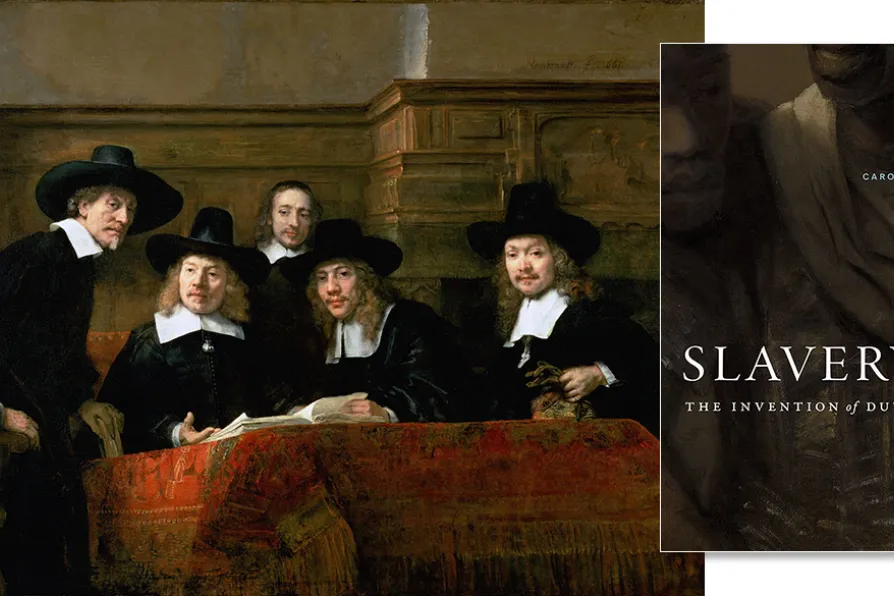HENRY BELL is fascinated by the underlying curiosities and contradictions of one of the great poets of the Mediterranean

 GUILTY PARTIES: Rembrandt Van Rijn (1606-1669), Syndics of the Draper’s Guild (1662)
[Rijksmuseum Amsterdam/CC]
GUILTY PARTIES: Rembrandt Van Rijn (1606-1669), Syndics of the Draper’s Guild (1662)
[Rijksmuseum Amsterdam/CC]
Slavery and the invention of Dutch Art
Caroline Fowler, Duke University Press, £28.24
THE earliest paintings that would be called Dutch were predominantly religious. They were made for Christian devotion. In the 1500s, major divisions in the church led to a fragmentation of Christianity called the Reformation.
In this new religious climate, artists began to create new types of paintings, studying the world around them. They included landscapes, seascapes, still lives, and interior scenes of their homes. Instead of working for the church, many painters began to work within an art market. There was a rising middle class that could afford to buy paintings.
Historically, this period in Dutch economic prosperity has been called the “golden age.” This is when many of the most famous Dutch painters worked, such as Rembrandt van Rijn and Johannes Vermeer.














